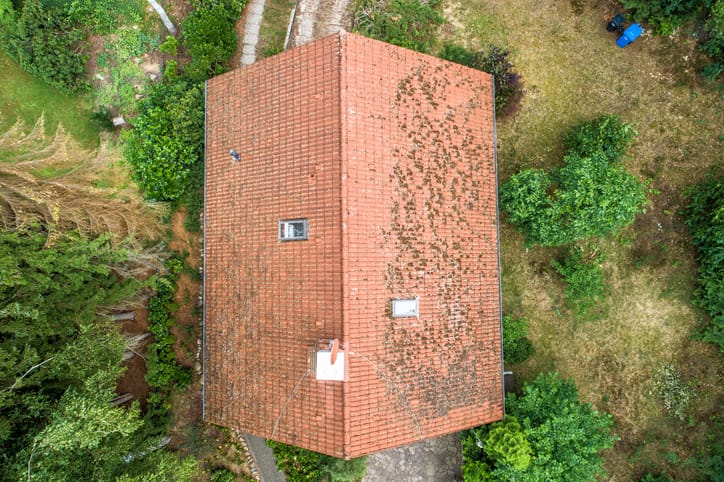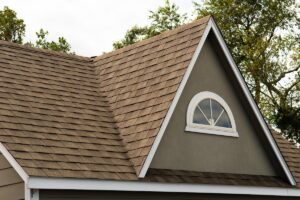Spring cleaning is just around the corner, and that means it’s time for roof inspections! Often overlooked but exceptionally important, conducting a thorough roof inspection becomes essential for maintaining the integrity of your home.
How often should a roof be inspected?
While we’re mentioning spring as a prime time for roof inspections, it’s not solely because of the season—it’s all about strategy. Ideally, your roof should undergo inspection at least twice a year, usually in the spring and fall, to tackle seasonal shifts and mitigate potential damage caused by severe weather conditions. In Vancouver, conducting this inspection in spring offers a strategic advantage. Following the harsh winter weather, it allows for timely repairs ahead of heavy rainfall in the fall.
What are the methods of roof inspection?
Roof inspections can be conducted visually from the ground using a good pair of binoculars or by physically climbing onto the roof. In today’s technological age, you might also notice more neighbours using drones equipped with cameras to obtain a comprehensive aerial view of their roof’s condition.

Every roof inspection deserves careful attention. Without further ado, here’s a comprehensive guide to help you through the process, complete with your very own spring roof maintenance checklist
1. Safety First
If you’re climbing onto your roof, ensure you have the necessary equipment, including a harness, sturdy ladder, and non-slip footwear. Be cautious of unstable footing, and if possible, have someone spot you for added safety.
2. Clear Debris
Remove any accumulated debris, like leaves and branches, to prevent water pooling and potential damage to your roof.
3. Check Shingles and Roofing Materials
Inspect shingles for signs of damage, including cracks, curling, missing pieces, or bald spots. The quicker you spot these issues the better chance you have at preventing leaks and further damage.
4. Look for Signs of Leaks
Check the interior of your home for water stains, musty odours, or peeling paint, any of which may indicate potential roof leaks.
5. Inspect Gutters and Downspouts
Clear debris from gutters and downspouts to facilitate proper drainage and prevent water back up onto the roof.
6. Trim Overhanging Branches
If you have trees looming near your home, trim back any overhanging branches that could potentially damage your roof during storms or high winds.
7. Evaluate Attic Ventilation
Don’t forget to check your attic! Ensure there is proper ventilation to prevent moisture buildup, which can lead to mould growth and deterioration of roofing materials.
8. Pest Assessment
Spring is the season of the birds and the bees! Be sure to look for signs of pest infestation, such as nests or droppings, which can compromise the integrity of your roof.
Your Spring Roof Maintenance Checklist:
- Suit up with proper safety gear
- Clear debris from the roof surface and gutters
- Inspect shingles for damage and replace any missing or broken ones
- Look for signs of leaks or water damage inside your home
- Trim overhanging branches
- Assess attic ventilation
- Look for pest infestations
By following this spring roof inspection checklist, you can ensure your roof remains in optimal condition, protecting your home from potential damage throughout the year.
If you’re not entirely comfortable inspecting your roof yourself, it’s worth considering hiring a professional to do the job for you. A professional roofing contractor can provide a proper assessment and address any significant issues that may arise during the inspection.
At Army Roofing, we’re all about making your roof inspection run smoothly. Reach out to our team today for a consultation.





